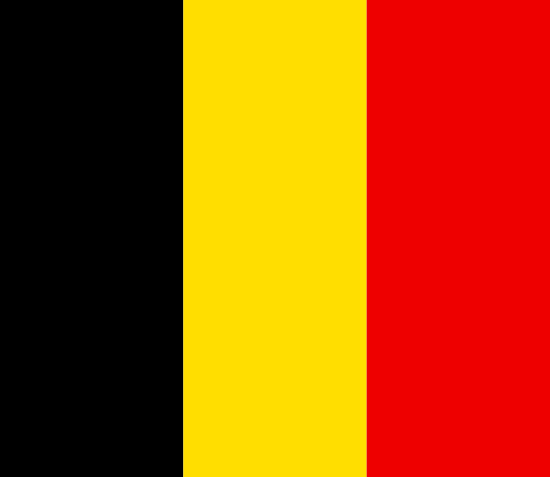Sophie Mirgaux

Three questions to Sophie Mirgaux, Belgium's Special Envoy for the Ocean
- What are the opportunities and threats in your daily work with regards to the preparation of COP15?
COP15 and CBD’s marine work in general can give a tremendous push for ocean protection. Within the United Nations, a negotiation on a new international legally-binding treaty on biodiversity beyond national jurisdiction (BBNJ) is going to be finalized before the end of 2021. One of the essential deliverables from this future treaty is a procedure to set up marine protected areas on the high seas – I’m part of the negotiation team for the EU on this chapter. The key added value of COP15 can be to give this BBNJ treaty its first milestone objective. COP15 will adopt a post-2020 biodiversity framework and Belgium will continue to work to adopt a target of 30% high or full marine protection by 2030. As coordinator of the Blue Leaders group, Belgium is investing heavily in outreach (towards other countries, as well as the public, including via our Twitter and Instagram accounts, to get support for 30x30. If this 30% objective will be adopted, this will guide the work of the UN-BBNJ once it will be up and running.
- Did bodies like the Belgian National Focal Point to the CBD helped to overcome these difficulties, and how?
Marine issues are sprinkled through the draft post-2020 framework. There is no one chapter or one goal for the ocean. This means marine experts like me have to keep updated on the state of the discussions in all the different parts. It would be impossible for me to do this without the help of the Belgian National Focal Point for the transmission of information, to keep an overview, to see the links between the different chapters and objectives. The numerous coordination meetings (live or virtually) organized by the Focal Point have helped tremendously in contributing to a true team spirit, which can not be underestimated in marathon negotiations.
- How can COP15 really be successful and effective to safeguard biodiversity ?
Specifically for the ocean, our main focus is agreeing on the 30x30 goal. 30% ocean protection by 2030. In our view, this should not only be a quantitative objective, but also a goal that contains quality checks. Paper parks are not sufficient, and different levels of protections should be aimed for (including high or full protection). Other than that the ocean issues should be mainstreamed. When we look at a pollution reduction target under CBD, we should think of the ocean, when we look at a biodiversity and ecosystem restoration goal under the Convention, we should also look at marine biodiversity. There is an intrinsic link between biodiversity in the ocean and biodiversity on land. Both depend on eachother and the post-2020 framework has to reflect this.
